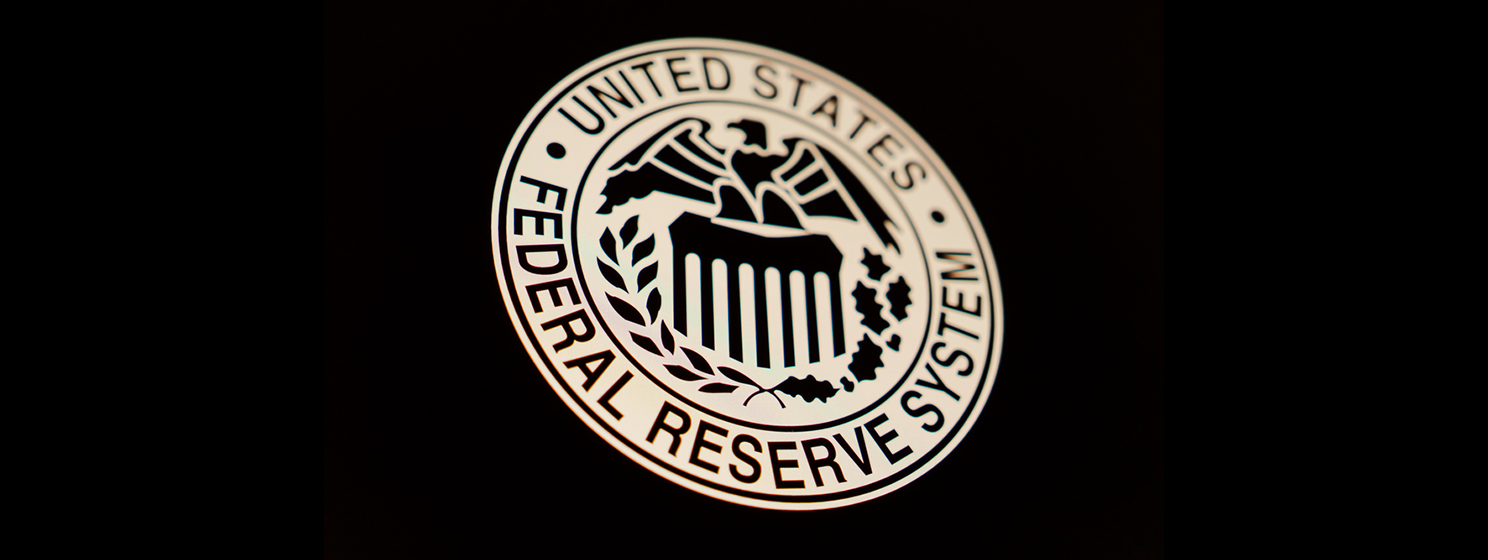
|
Getting your Trinity Audio player ready...
|
Digital asset hedge fund Three Arrows Capital (3AC) has been forced into liquidation by a court in the British Virgin Islands. The firm, which had been around since 2012, now appears to be dragging other industry names into its whirlpool. Trading platform Voyager Digital suspended withdrawals after Three Arrows defaulted on a payment from a US$670 million loan. Meanwhile, BlockFi was looking for a buyer after its own $1 billion loan to 3AC went bad.
The companies are yet more wreckage from 2022’s blockchain maelstrom. Over-collateralized and reckless borrowing relationships between firms during the industry’s party years are floating to the surface as management teams scramble for bailouts. Bobbing among them is Sam Bankman-Fried’s FTX, which may or may not be attempting to corner a large portion of the entire digital asset market by salvaging the leftovers.
We are in the process of communicating with relevant parties and fully committed to working this out
— 朱溯 🐂 (@zhusu) June 15, 2022
On June 29, 2022, 3AC was liquidated following a court order in the British Virgin Islands, where it had recently relocated its headquarters. The court also reportedly ordered Teneo Restructuring to participate in the process after 3AC could not make payments on several large loans.
The Monetary Authority of Singapore (MAS), where Three Arrows Capital originally headquartered itself, also issued a statement accusing the company of being “misleading” and providing “false information.” The firm had exceeded the limit for the amount of funds it was permitted to manage, MAS said the firm had not provided accurate information about its directorships and shareholdings.
Three Arrows has been around since 2012, when Su Zhu and Kyle Davies founded it. Like others in the industry, it had boomed during blockchain’s mega-bull run of 2020 and 2021 before suddenly finding itself on the wrong side of margin calls and short of real money. It lost US$200 million in this year’s Terra “stablecoin” collapse, which appears to have started a chain reaction. Voyager Digital’s 15,000 BTC and $350 million USDC loan proved too much, with Voyager issuing a default notice this week.
3AC had invested heavily in BTC, Ethereum, and Solana assets as well as related projects on those chains.
As recently as December 2021, Three Arrows was reported to have bought US$400 million worth of ETH, saying it was “bullish” on the asset’s market price despite co-founder Zhu admitting it was unusable at layer one. It was another sign that market movements for digital assets are often unrelated to their blockchain’s actual utility.
Look I couldn't let you guys jerk off watching the burn without me
Eth L1 still unusable for newcomers, show it to your grandma if you don't believe me
I'll still bid it hard on any panic dump like this weekend obv
100k eth is dust fwiw, more coming
— 朱溯 🐂 (@zhusu) December 7, 2021
At the time, ETH was trading above $4,300 per unit. Today it’s just above $1,000.
Back in June, Bankman-Fried posted that situations like 3AC would not have happened if the industry had used a transparent on-chain protocol to manage its affairs. “Regulation can help here!” he said.
also so can DeFi; FWIW 3AC/etc. couldn't have happened with an on-chain protocol that was transparent
— SBF (@SBF_FTX) June 19, 2022
Though Bankman-Fried is certainly not wrong with this call, it’s a matter of finding that one blockchain that (a) everyone can trust, and (b) can process all the data. That’s easier said than done, as contract platforms like Ethereum choke on their throughput, and Solana regularly requires a restart to maintain consensus. On top of that, competing blockchains appear unable to agree on permanent protocol rules or processing algorithms, stumbling over themselves to implement proof-of-stake (PoS) or untested hybrid confirmation solutions to appease everyone from users to environmental campaigners.
Meanwhile, Bitcoin (BSV) continues to process millions of transactions per day on the same proof-of-work blockchain it’s used since 2009. BSV’s “set in stone” protocol assures users that nothing can ever alter its rules, providing a secure and transparent chain the world needs.
It’s also a matter of culture—despite ever-increasing regulation, there’s a misconception that digital assets can fly forever under the radar of regulators or that under-the-table deals between friends in the industry can never go bad. The “number always goes up” mentality took a big hit in 2022, which was necessary for the industry to mature. Whether it actually learns its lesson this time may depend on how big the hit turns out to be, as more zeros get added to the losses with each cycle.
Watch: The BSV Global Blockchain Convention panel, The Future of Financial Services on Blockchain: More Efficiency & Inclusion
https://www.youtube.com/watch?v=RzJsCRb6zt8&t=10940s
Recommended for you
Lorem ipsum odor amet, consectetuer adipiscing elit. Elit torquent maximus natoque viverra cursus maximus felis. Auctor commodo aliquet himenaeos fermentum
Lorem ipsum odor amet, consectetuer adipiscing elit. Accumsan mi at at semper libero pretium justo. Dictum parturient conubia turpis interdum

 11-10-2024
11-10-2024 


